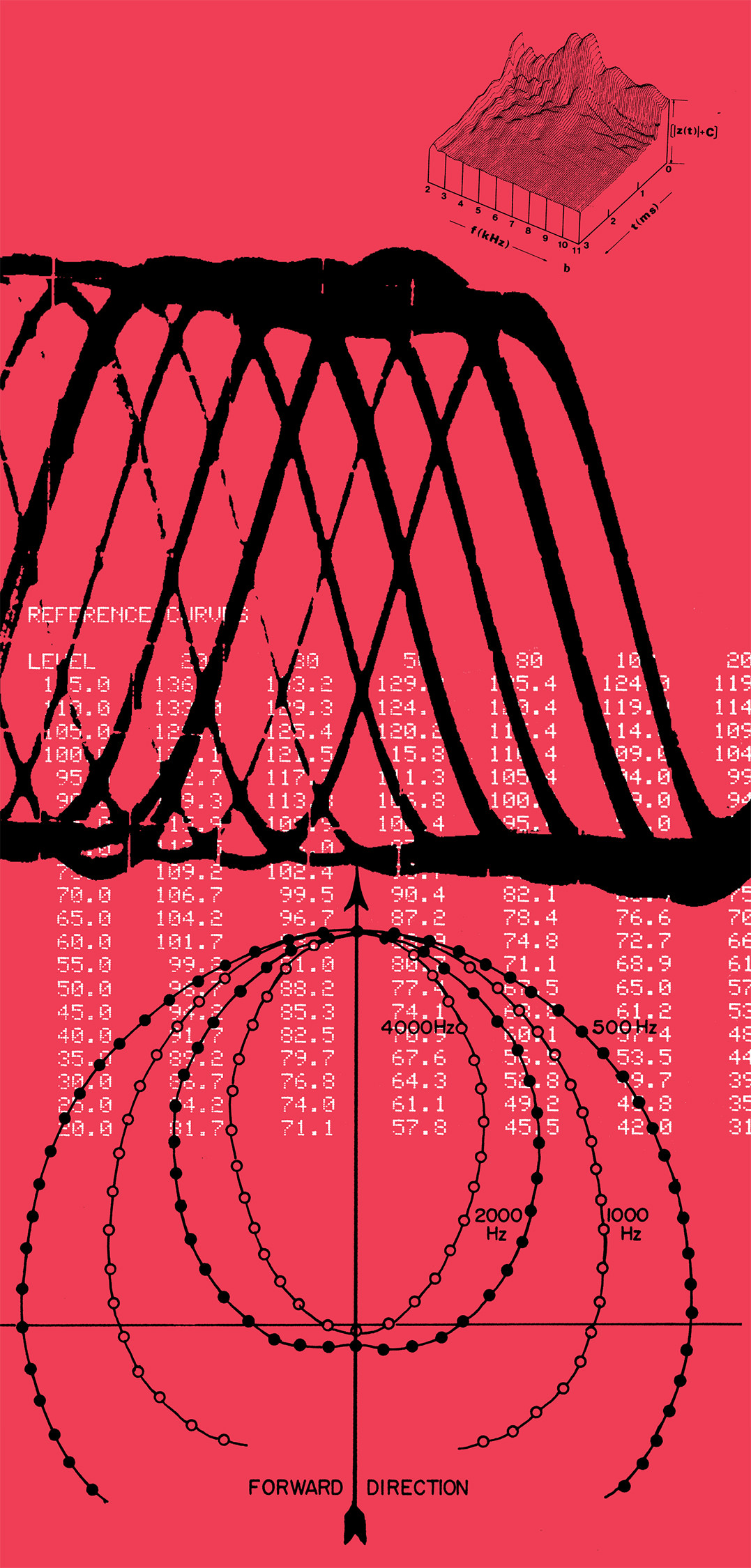The hardware Curve Bender from Chandler Limited is a $5,590 two-channel EQ based on the circuitry of the historic EMI TG12345 consoles. I had one and loved its sound quality. Opening its chassis revealed hand wiring, custom transformers, and premium components throughout. The deal-breaker for me was the stock configuration’s 2 dB gain steps. Those jumps are too coarse for mastering. After much deliberation, I reluctantly returned the unit, but have often thought of ordering a custom version from Chandler Limited.
Note that Chandler Limited’s hardware Curve Bender is not an exact replica of the famous Abbey Road EMI circuitry. The brains behind Chandler, Wade Goeke, made a number of alterations that, from my perspective, make a great deal of sense. The original EMI circuit had nine fixed-frequency selections. Goeke expanded the options to 51 frequency points. He also added a "multiply" switch on each band that increases the boost/cut amount and sharpens the Q; high and low–pass filters; and bell/shelf selections on the high and low bands. The Chandler Limited Curve Bender plug-in for the UAD-2 family of DSP processors, developed by Softube (the same group responsible for many other popular titles for the UAD platform), builds upon Chandler Limited’s hardware implementation by adding Mid/Side functionality, channel-linking, artist presets (from Curve Bender users Howard Willing, Kevin Kadish, and Tony Maserati), and of course, the ability to instantiate as many instances of the plug-in as your UAD-2 [Tape Op #67, #73, #76, #83] or Apollo [#95, #99, #101, #111, #113] hardware can support. Importantly, the plug-in has 0.5 dB gain steps — no more deal-breaker for me.
In use, the Chandler Limited Curve Bender plug-in is a formidable tone-shaper. With most equalization, I normally do more cutting than boosting, but the sky is the limit with this guy. Simply instantiating the effect and enabling a band sends your audio through virtual inductors and transformers — contributing to a glassy, finished sound. Although Universal Audio lists this plug-in under the Mastering section of their store, I recommend every engineer demo it to see what it can add to individual tracks or to the stereo bus.
Being able to apply many channels of this EQ to your mix is a luxury difficult to obtain in the real world. So don’t be afraid to try this plug-in on voice, bass guitar (especially Fender Jazz bass), drums, and other tracks. I found that rack toms sing and floor toms thunder when processed through this EQ. Moreover, the virtual transformers of the Chandler Limited Curve Bender plug-in can provide a subtle degree of compression, reducing the need for downstream dynamics processing. In many cases, turning up transformer saturation and turning down bus compression can result in a more natural sound.
If you need a locked stereo image, the plug-in’s channel- linking makes it easy to get sounds fast. Once dialed in, simply deselect the link should you decide to tweak the channels separately. The built-in M/S matrix alleviates the need to bookend the EQ with M/S encoder/decoders, and makes the Chandler Limited Curve Bender an amazing genie on backing vocals and synth tracks. Adjust the middle image to taste, and then attack the side channel to help these tracks envelop the central components of the mix.
There is very little downside to this plug-in. My only warning is that its sound is very seductive, making it easy to overuse. I suggest spending the first week or two in a honeymoon phase. Put three on every channel. Use it on things that don’t need equalization. Go wild. Get it out of your system. That way, it will be easier to show restraint going forward. The Chandler Limited Curve Bender is my favorite "color" EQ for the UAD-2 and Apollo platforms. It’s a must-audition plug-in for mixing or mastering. I will stop adding superlatives now. Just try it. When you do, what I’m talking about will become obvious.




_disp_horizontal_bw.jpg)